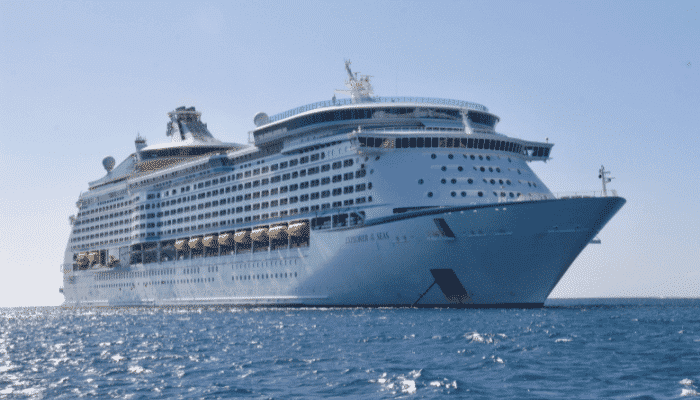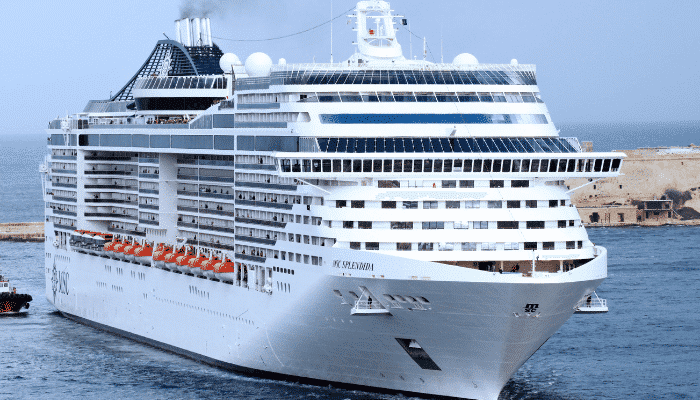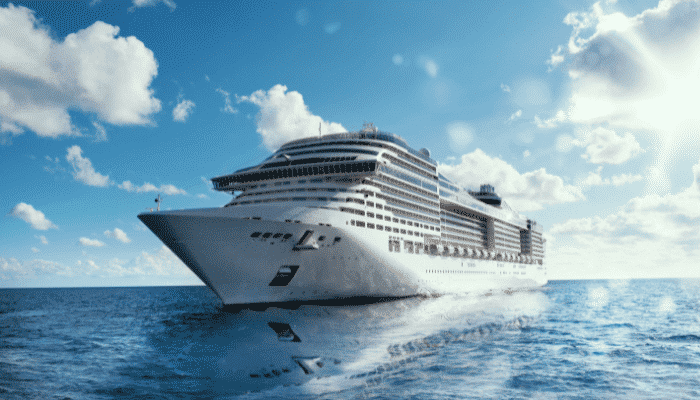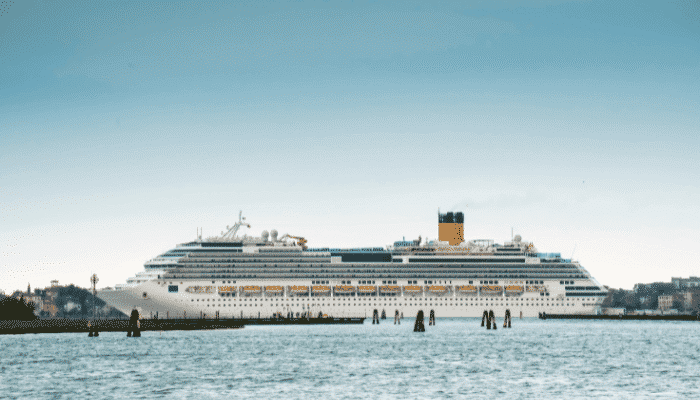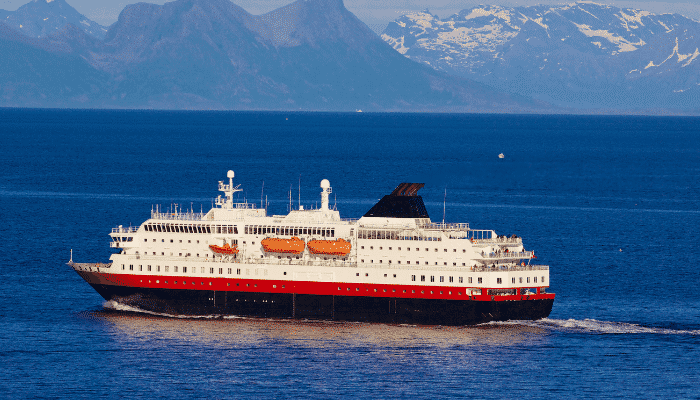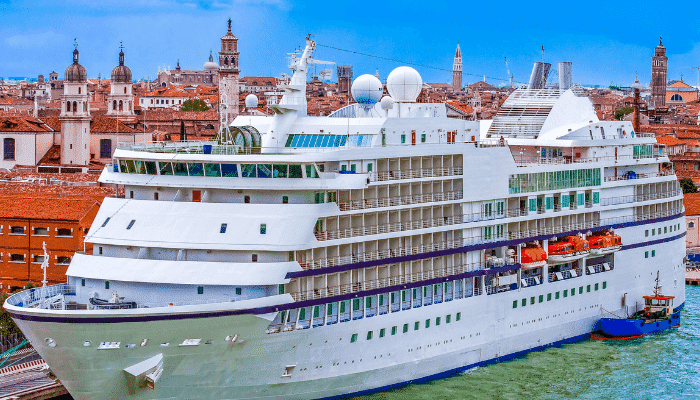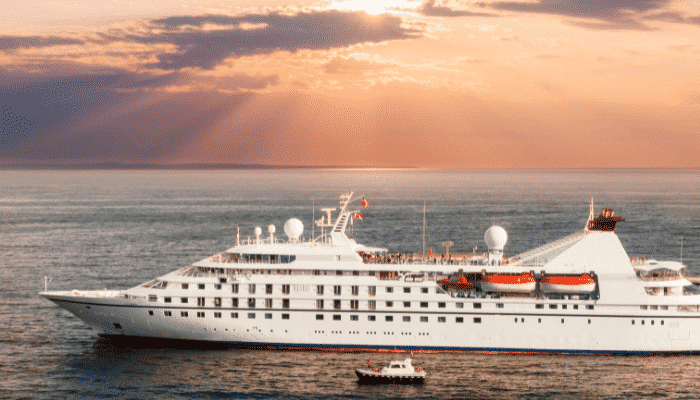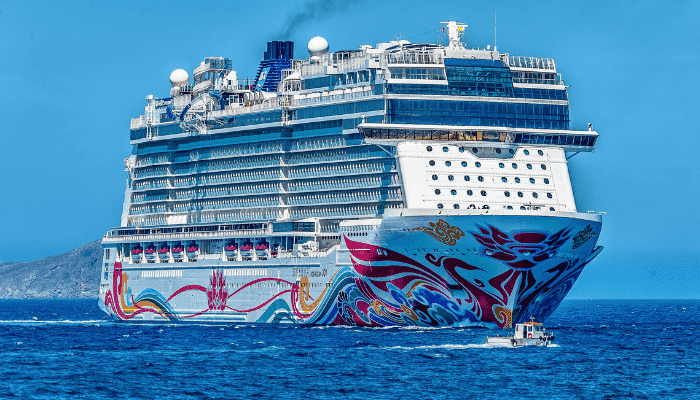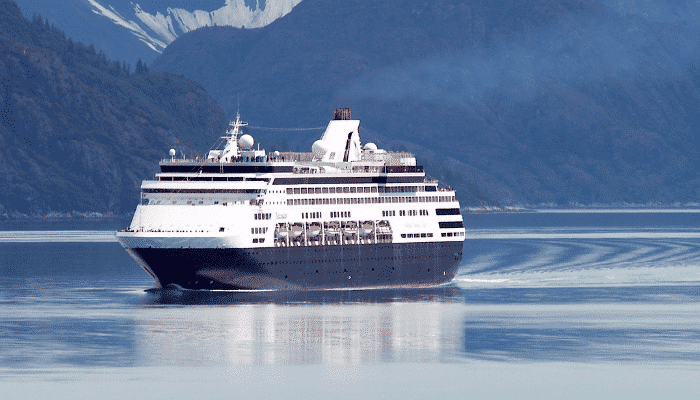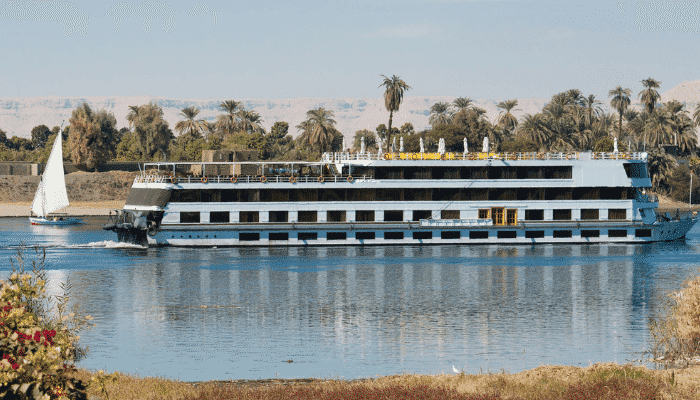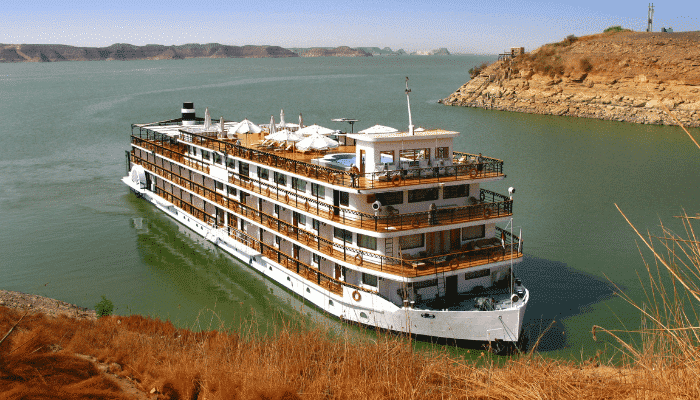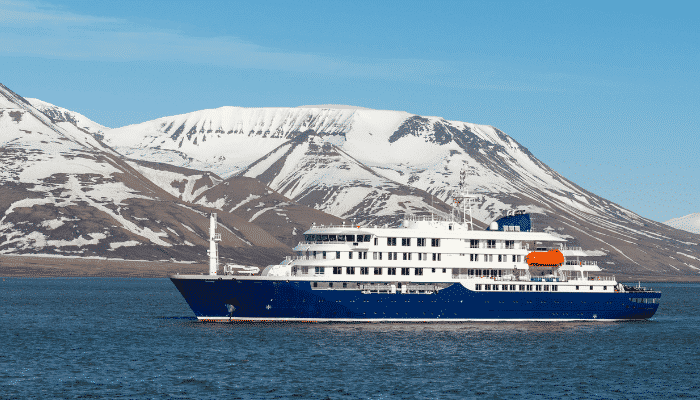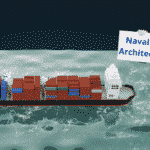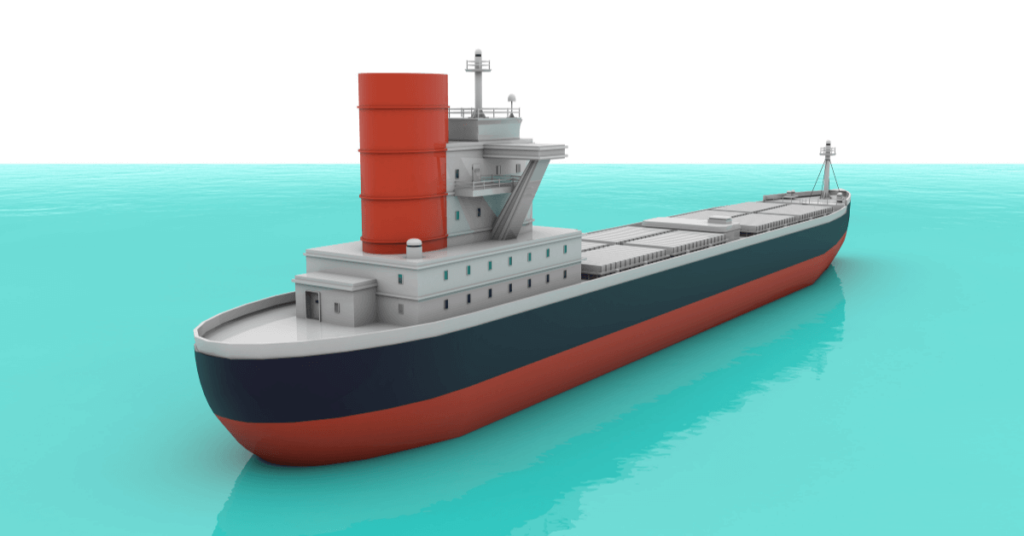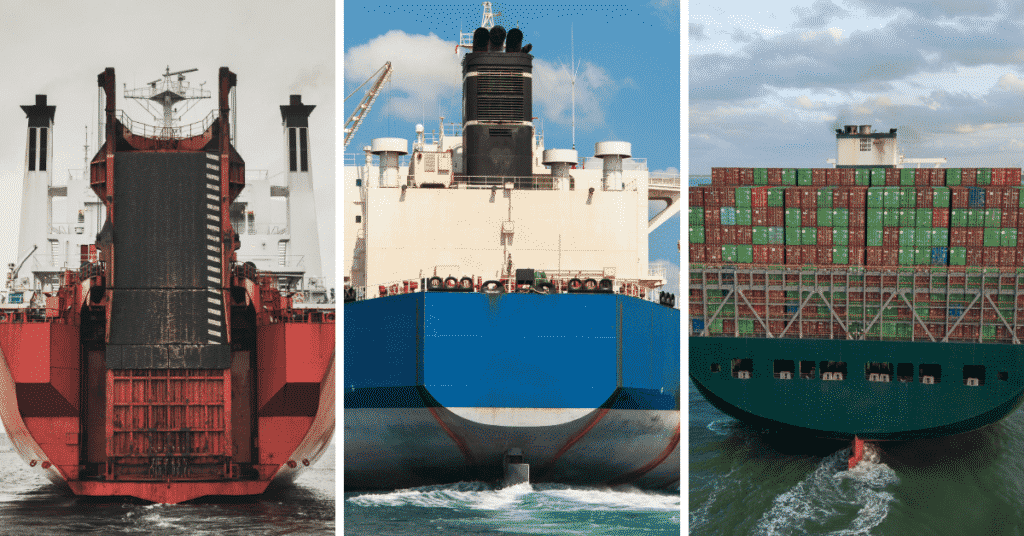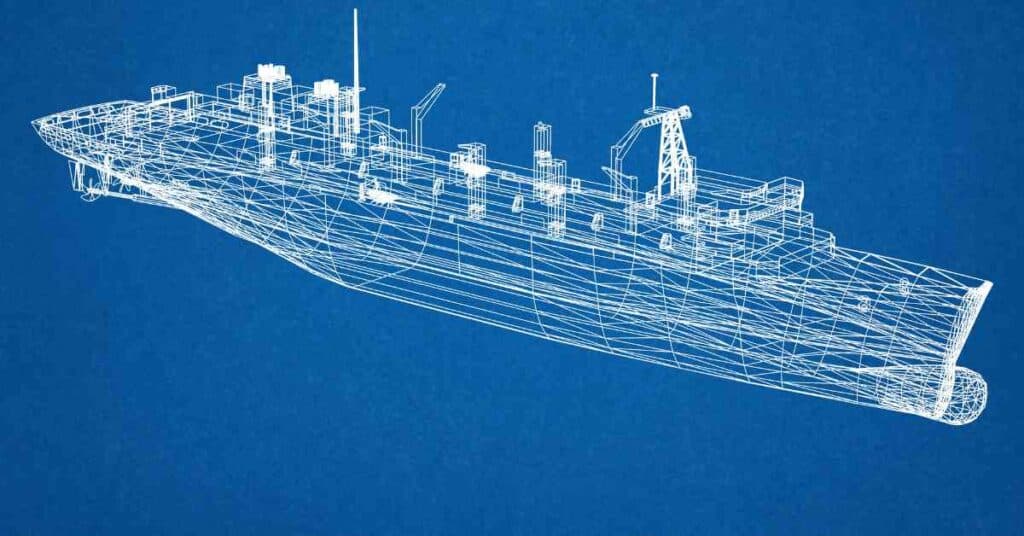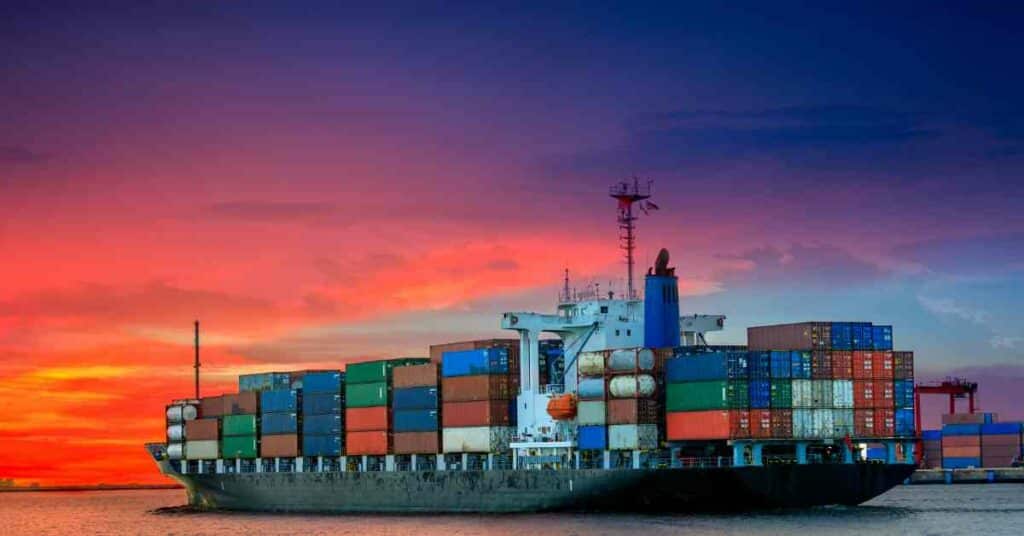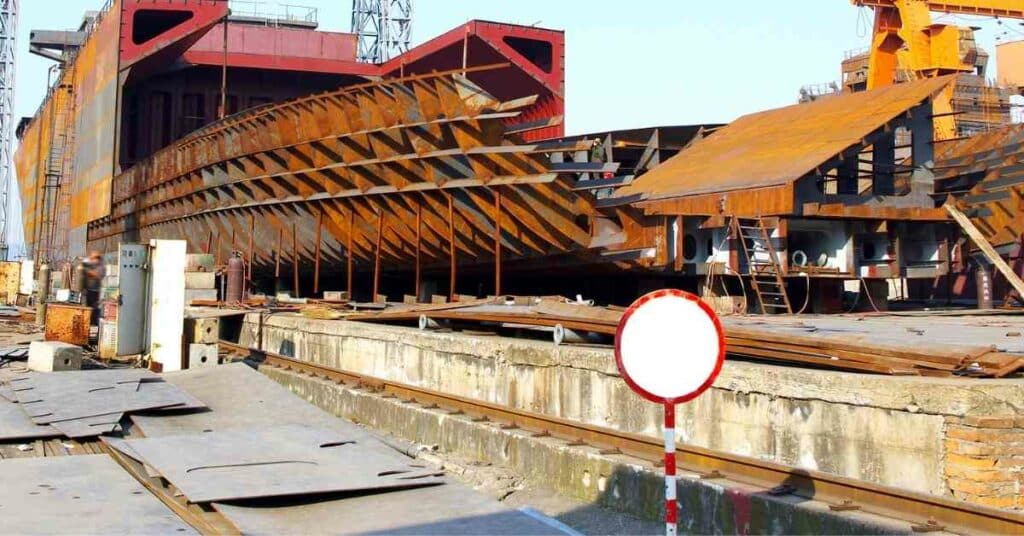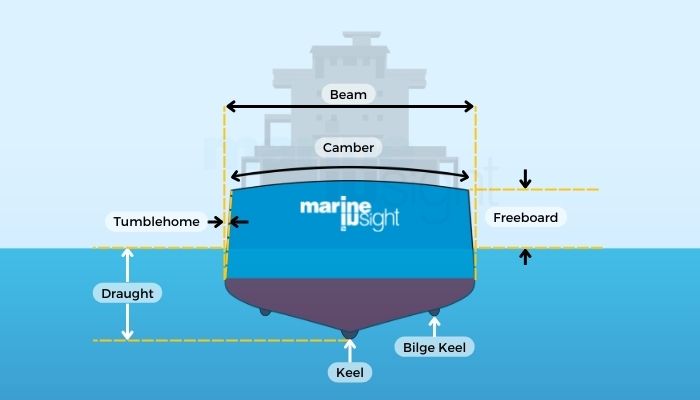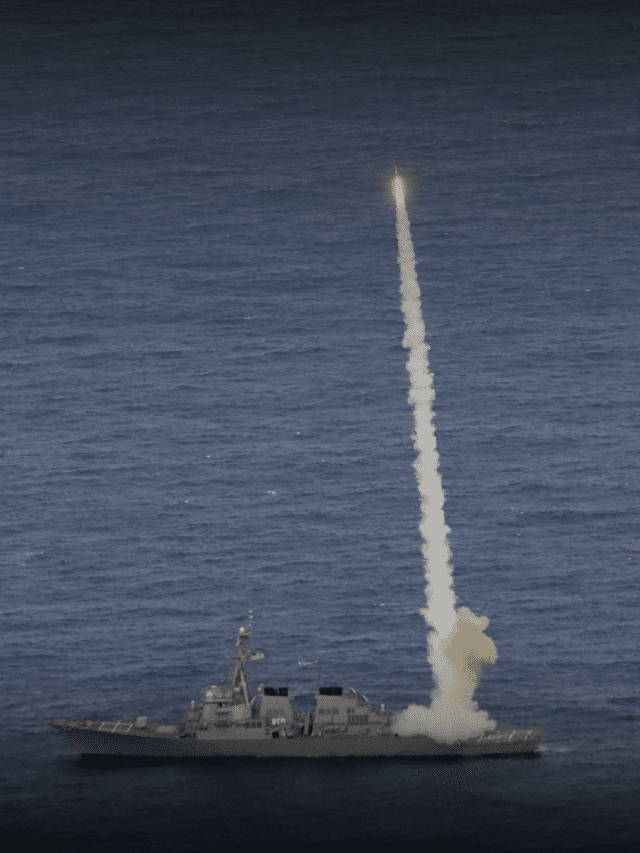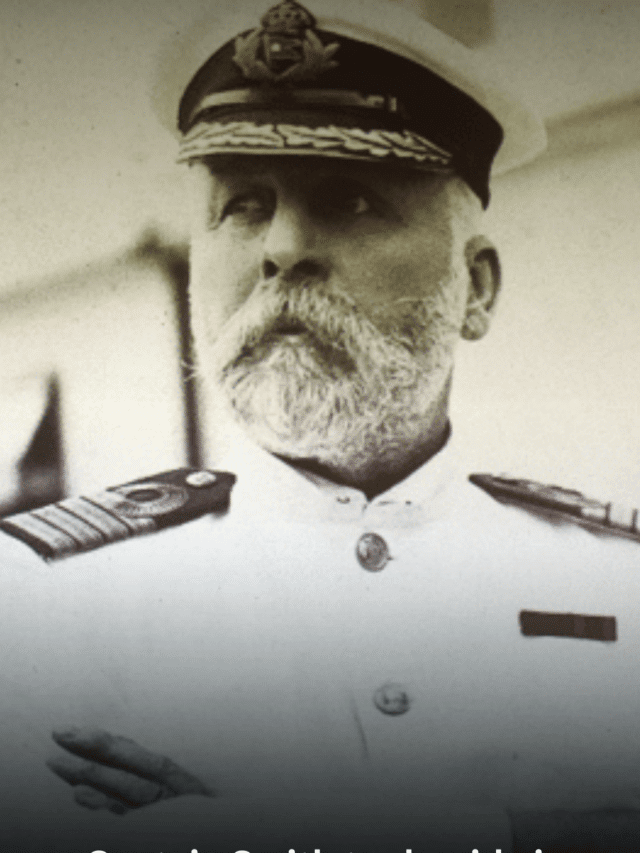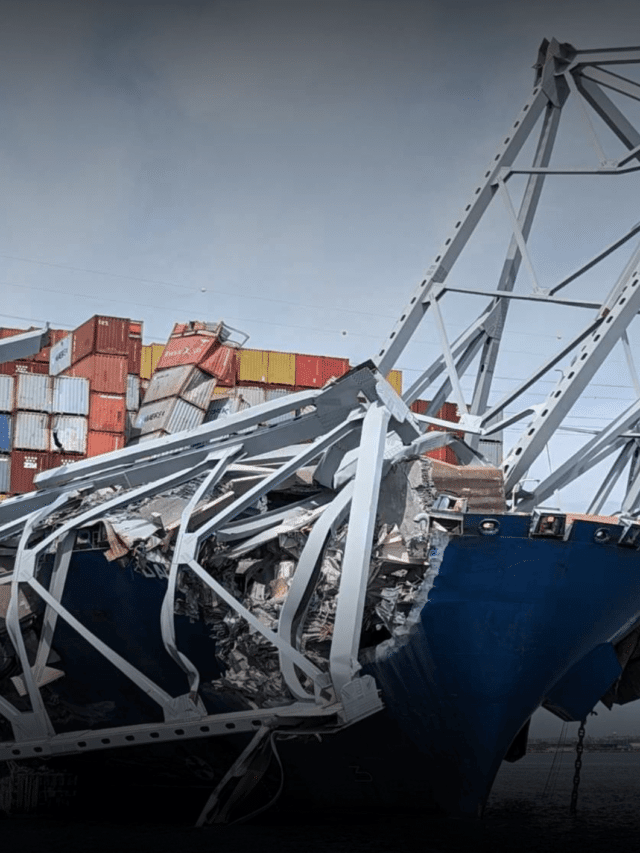Different Types of Cruise Ships Explained
We are often left in awe looking at the magnificent engineering marvels called the cruise ships. In our previous article, we had a detailed discussion about the differences between cruise ships and their former counterparts called ocean liners, which were once the only reliable means of global passenger transportation before the revolutionizing advent of aviation.
The indispensability of passenger shipping as the monopoly in public intercontinental travel gradually waned away roughly coinciding with the same timeline as the concept of ocean liners saw a departure, thanks to the flourishing of the aviation sector, and cruise ships became increasingly synonymous with passenger vessels.
As contrary to ocean liners which were commercial vessels for passenger transportation and sometimes carriage of cargo, mail services and other utilities regularly, cruise vessels are mostly for pleasure purposes and tourism.
They are solely dedicated to the hospitality and amenities of the passengers while onboard for vacation, excursions or pleasure. While we have described the differences between ocean liners and cruisers, let us now look at the different types of cruise ships that commonly exist.
Different Sizes of Cruise Ships
Cruise ships can be of various types and sizes. Speaking of sizes, like other cargo or general-purpose ships, passenger ships can be categorized as being of multiple sizes depending on operations, service location, purpose, passenger preference, and overall business scenario.
Furthermore, the size of the vessel is a simple indicator of the number of passengers it can sustain onboard and the extent of the facilities and amenities it can cater to.
A particular cruise line providing passenger services can also have multiple sizes of ships in its fleet based on the requirements.
For the past decades, cruise ships have increased considerably in size and have evolved to accommodate a large number of passengers and at the same time provide a plethora of modern amenities which could not have been envisaged before.
Based on sizes and carrying capacity, cruise ships can be categorized into the following types:
Mega Cruise Ships
These are the largest of their kind and are known to accommodate more than 5000 passengers on board! When ocean liners were still predominant, cruise ships were seldom known to exceed 50000 GT in terms of their size. However, as said before, over the years with improved technology and innovation, cruise ship sizes have increased manifold.
In terms of their tonnage capacity, mega-cruise ships are very much above 135000 GT. Currently, there are more than 50 cruise ships in service having over 135000 Gt and are classified under Mega Cruise Ships. They are often distinguished by their large hull and towering superstructure sizes.
The largest designated cruise ship as of present-day is the very recent Wonder of the Seas, with a whopping gross tonnage of 236860, a length of over 360 meters, a width of 65 meters, and can accommodate nearly 7000 passengers on board!
Launched in January 2022, it is slated to create history by embarking on its maiden voyage in March. In concordance with their majestic sizes, Mega Cruise Ships house state-of-the-art facilities for passenger services, luxury, and recreation, drawing parallels to ultramodern five or seven-star rated hotels.
From swimming pools to movie theatres, indoor game infrastructures to world-class health centres, casinos to large restaurants and pubs, conference halls to banquets, shopping malls to pavilions, commodious suite rooms to wellness clubs, the litany can be enough to motivate holiday-seekers to amass more on their savings and plan a dream vacation.
Moreover, it is obvious that other than catering to passenger recreation and comfort, they also offer essential services like hospitals and dispensaries on a round-the-clock basis for any unwarranted needs that may arise.
Other biggest names following Wonder of the Seas are Symphony of the Seas, which held the top spot for being the largest cruise ship till last year, Harmony of the Seas, which had its realm from 2016 to 2018, Oasis of the Seas, which ruled the lot for 7 long years from 2009 to 2016, and Allure of the Seas, which became a joint claimer to the throne since its maiden voyage just a year after its predecessor (in 2010), with comparable size and capacity (very slightly less in GT).
All these are Oasis-class sister ships with GT over 200000 and operate under the parent organization, Royal Caribbean International line, an industry leader in cruise shipping tourism and hospitality headquartered in Miami, Florida, United States.
Large Cruise Ships
These are somewhat smaller than Mega Cruise Ships and can hold anywhere between 2500 to 3500 passengers for all normal purposes. In terms of tonnage capacity, they are 10000 GT or more but mostly less than 135000 GT.
Voyager of the Seas from the slightly old Voyager-class, also owned by Royal Caribbean, is an acclaimed ship of this category, but with a borderline capacity of around 3600 passengers and approximately 137000 GT, and an overall length of 310 meters, it is also often interchangeably deemed as pertaining to the category of Mega Cruise Ships.
Similar are the cases with MSC Divina, of the Fantasia-class, having 140000 GT and 3500-passenger capacity, and another recent vessel Costa Venezia, a Vista-class cruise ship, having a GT of exactly 135000 and a passenger capacity of over 4000, quite above the demarcating line for large cruisers.
Other notable names amongst many include Crown Princess (2006) belonging to the Crown-class, having 113500 GT, Celebrity Solstice from Solstice-class, rated over 120000 GT and 2850-passenger capacity, and MS Koningsdam which roughly has a capacity of just 10000 GT can hold up to 2650 passengers with doubled occupancy.
Large cruise ships can be considered as relatively smaller forms of their modern, mega variants, and started coming into being over two decades back at the turn of the century. However, like the examples cited, modern-day cruisers are commonly built in this size range with more advancements in terms of technology, design, luxury, and amenities.
Cruise ships, since mostly dedicated to tours and pleasure and seldom encounter adverse mid-sea weather conditions, can have some slack in terms of powering and structural requirements as compared to their predecessors, ocean liners.
But coming-of-age cruisers, mostly mega and large ones, have broken such conventions and have showcased significant developments.
Priorities for passenger safety and comfort have seen a sharp uptick increasingly over time.
Furthermore, with the global economy rapidly changing in a direction such that the several affluent sections of the society have continued to become richer, the predilection for cruise travel for leisure has garnered more popularity.
This has converted to more profits for cruise lines, who have also taken the opportunity to rework their business models to continue with this lucrative drive by not only providing more appealing facilities to their clientele but also stepping upon their services in terms of frequent tours and venturing into deeper territories and newer destinations across longer distances.
Hence, this has led to the modern bigger fleet having sturdier structures, escalated design efficiency, and of course, enhanced propulsive applications.
Midsized cruise ships
They are smaller than their larger counterparts, appear like their somewhat scaled-down versions, and can hold around 1500-2500 passengers. These ships have GTs of less than 100000 and more than 50000. Large global shipping lines do not go less than this category.
Likewise, they are also replete with most of the amenities and facilities sought for, though on a comparatively lesser scale. They may occasionally ply between continents and oceans but mostly travel on an intracontinental country to country basis or between different ports of call in a country.
In terms of powering and structure, they are also on the lower side of bigger vessels but aesthetically they are equally attractive. A large number of vessels under this category are in operation globally. Carnival Spirit, having a tonnage of 88500 GT and a complement of over 2100 passengers, and Pacific Explorer, of approximately over 77000 GT and 2000-passenger capacity, both owned by Carnival Plc., are popular vessels in this category.
Smaller Midsized Cruise Ships
These ships can also be considered on the lower spectrum of midsized cruisers. Mostly similar, they have tonnages more or less around 50000 GT or lower and can accommodate 800-1500 passengers. They are mostly intended for intracontinental or intranational travel and do not venture into very high seas. They are also capable to travel in shallow drafts like rivers, canals/channels or lakes apart from seas.
They also feature passenger pleasure and recreation attributes, but on a much-reduced scale, like small pools, indoor gaming rooms, dining and party halls, restaurants, bars, fitness centres, card rooms, conference lounges, kids’ game zones, etc.
There are numerous vessels of this type all around the world without any widely notable names. Viking Star-class Sister ships Viking Sea, Viking Star and Viking Sky, operated by Viking Ocean Cruises, and having slightly less than 50000 GT are some frontrunners in this category.
Small Cruise Ships
Any cruise vessel having a passenger-carrying capacity of less than 700-800 are coined as a small cruise ship. These ships ply in rivers, estuaries, channels, canals, confined water bodies like lakes, and sometimes in seas along or near to the coast within a specified limit.
As expected, these vessels are not structurally and functionally fit to venture into deep seas. Different kinds of bodies from liners to regional or national tourism providers operate these vessels on a time-to-time basis. The duration of a voyage in these cruisers range from a few hours to at most a day or two. As for small cruisers, the facilities onboard are limited and depends on the size of the vessel and operationality.
For larger vessels on the upper side of the capacity spectrum, for instance, 500-800, amenities for luxury and entertainment are present, though not on a scale similar to supreme level cruise ships. For even smaller cruisers with a passenger capacity of around 100-200 or lesser, most of the amenities are absent and mostly operate on an hourly basis to or from a destination or are rented out for some special occasions.
Often, they have a high demand and run on a rush booking order due to their small size and low, attractive fares. India has plenty of these vessels often in coastal areas like Mumbai, Chennai, Cochin or popular tourist destinations like Goa or the world’s largest riverine delta and mangrove reserve, Sundarbans in West Bengal.
Ferries, which are exclusively referred to as small to moderate-sized vessels for carrying passengers, often along with cars and vehicles across a body of water, can be considered to belong to the last two categories.
Tonnages for ferries vary widely and can be anything as significant as over 50000 GT or as low as hardly 1000 GT. They may be intended for point-to-point or round trips with or without stops. Ferries comprise a significant part of the public transport system in several places.
As alluded to in the previous article, the concept of ferries was first conceived in Istanbul during the 19th century and can be rightfully considered as being precursors to the widespread popularization of modern-day cruise ships superseding the era of ocean liners.
Types of Cruise Ships Based on Purpose
Though cruisers are primarily categorized based on sizes, they may also be divided based on purpose, operation, and utilities.
Mainstream Cruise Ships
These types of cruise ships are the vast majority of all cruise ships that carry passengers for leisure and tours. In a broad sense, these cruisers can be anything between mega to smaller midsized with differences as described above.
Some also tend to further categorize these vessels based on the degree of luxury and amenities from ultra-premium to semi-deluxe. They can be oceangoing, coastal or river-plying and can cater to a wide range of trips of varying durations as explained above.
Adventure Cruise Ships
These are customized and bespoke small vessels for adventure lovers. Most of these vessels are either privately owned or are lent by agencies or dealers at certain rates. Often people set out in groups in these 10-50 passenger-capacity vessels for a myriad kinds of activities from whale watching to exploring reefs and islands. Though strictly not permitted to venture beyond certain sea limits, concerned authorities may sometimes give extra relaxations looking at sea and weather conditions or the ‘fitness’ of the vessel.
River Cruises
They are shallow-draft and low-width vessels belonging to the small cruiser category and are capable of plying in rivers for passenger tours and pleasure. They are mostly for an hourly basis and operate daily.
Due to their small sizes, they do not pose a major obstruction to river traffic and can manoeuvre easily when required. Other than the iconic Venice in Italy, famous rivers around the world like Nile, Amazon, Hudson, Thames and Danube offer cruise services regularly.
Hotel Ships
They mainly remain afloat in water or travel small distances and are chiefly floating hotels for a luxury experience. Most hotel ships are on rivers or seasides hemming cities and popular tourist destinations. They are generally not very big but sometimes can be exceptions when converted from large vessels out-of-service.
For example, Queen Elizabeth 2, which was the last oil-and-steam fired ocean liner of its kind, has been converted to a massive luxury floating hotel in Dubai after her retirement in 2008 following 40 years of operation. When on a sea coast, they remain anchored to a particular place as they are not deemed to sail. But on rivers, because of the low depth and calmness of the water, they can travel as well.
Expedition Cruises
They are specially designed vessels for venturing into the most uncharted and inhospitable places on earth like the polar regions. They are built as per ice-class regulations and everything from powering to systems are incorporated in such a way that they can sustain in harsh conditions. Such cruises are limited and only specifically authorized people are permitted to travel to such extreme locations.
Yachts and private crafts: Such vessels are privately owned by affluent sections of the society who prefer to spend their leisure time in the water. Usually, they are quite small in size and are suited to accommodate around 20-30 people at most within the owner’s family or close circles.
You might also like to read:
- Top 10 Largest Cruise Ships in 2022
- Top 10 Most Expensive Cruise Ships in 2022
- How Are Cruise Ships Powered?
- How Do Cruise Ships Get Fresh Water?
- 8 Ways Cruise Ships Can Cause Marine Pollution
Disclaimer: The authors’ views expressed in this article do not necessarily reflect the views of Marine Insight. Data and charts, if used, in the article have been sourced from available information and have not been authenticated by any statutory authority. The author and Marine Insight do not claim it to be accurate nor accept any responsibility for the same. The views constitute only the opinions and do not constitute any guidelines or recommendations on any course of action to be followed by the reader.
Do you have info to share with us ? Suggest a correction

About Author
Subhodeep is a Naval Architecture and Ocean Engineering graduate. Interested in the intricacies of marine structures and goal-based design aspects, he is dedicated to sharing and propagation of common technical knowledge within this sector, which, at this very moment, requires a turnabout to flourish back to its old glory.
Latest Naval Arch Articles You Would Like:
Subscribe To Our Newsletters
By subscribing, you agree to our Privacy Policy and may receive occasional deal communications; you can unsubscribe anytime.
Web Stories



